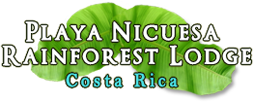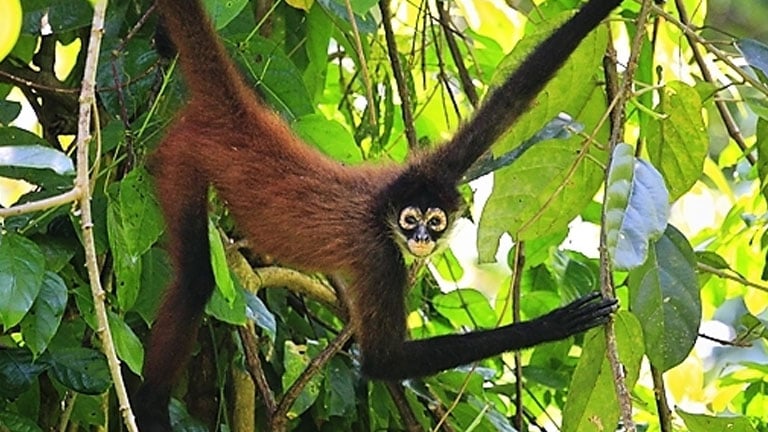Puerto Jimenez, Osa Peninsula
Surrounded by the Piedras Blancas National Park, Golfito Wildlife National Refuge, Corcovado National Park, and gulf of Golfo Dulce, Playa Nicuesa Rainforest Lodge offers wildlife in Costa Rica at its best. 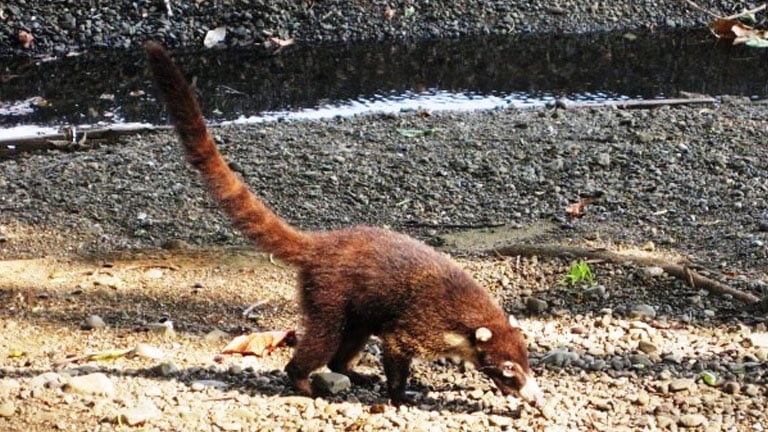 Spider monkeys are one of four kinds of monkeys you can see at Playa Nicuesa Rainforest Lodge in Costa Rica. Who wants to see wild animals in the jungle? All of the tourists who come to Playa Nicuesa Rainforest Lodge in Costa Rica certainly do! That's why Nicuesa Lodge staff does their best to keep track of the abundant Costa Rican wildlife living on Nicuesa's 165-acre private reserve bordering the remote Piedras Blancas National Park in southern Costa Rica. White-nosed Coati on the beach at Playa Nicuesa Rainforest Lodge in Costa Rica.
Spider monkeys are one of four kinds of monkeys you can see at Playa Nicuesa Rainforest Lodge in Costa Rica. Who wants to see wild animals in the jungle? All of the tourists who come to Playa Nicuesa Rainforest Lodge in Costa Rica certainly do! That's why Nicuesa Lodge staff does their best to keep track of the abundant Costa Rican wildlife living on Nicuesa's 165-acre private reserve bordering the remote Piedras Blancas National Park in southern Costa Rica. White-nosed Coati on the beach at Playa Nicuesa Rainforest Lodge in Costa Rica.

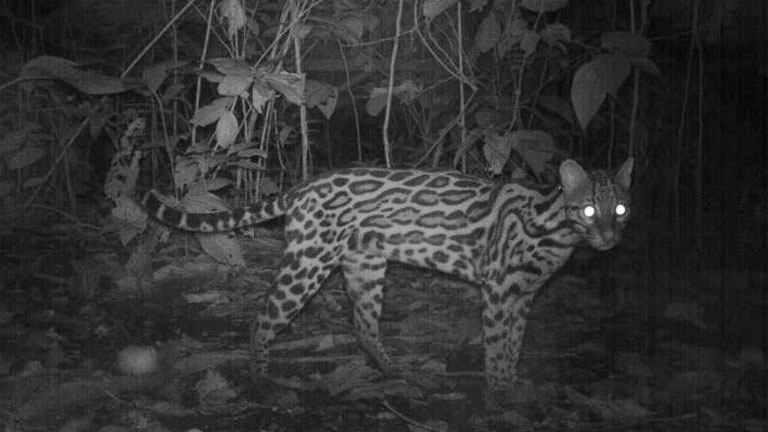
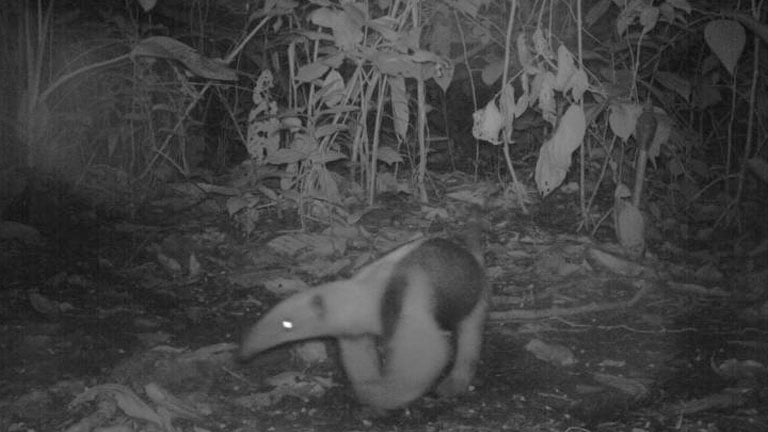
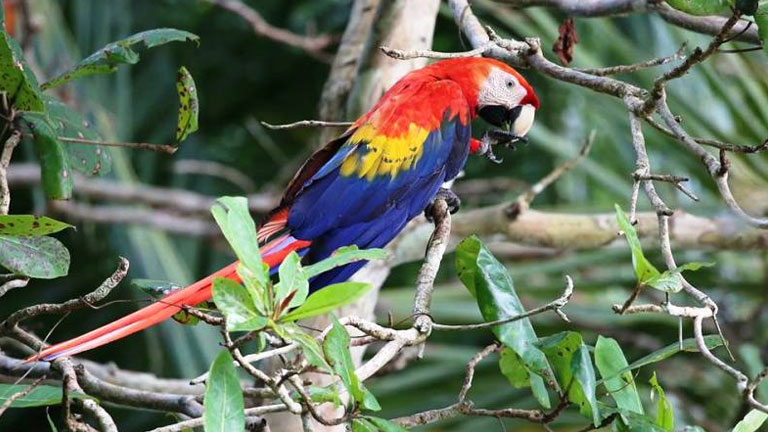
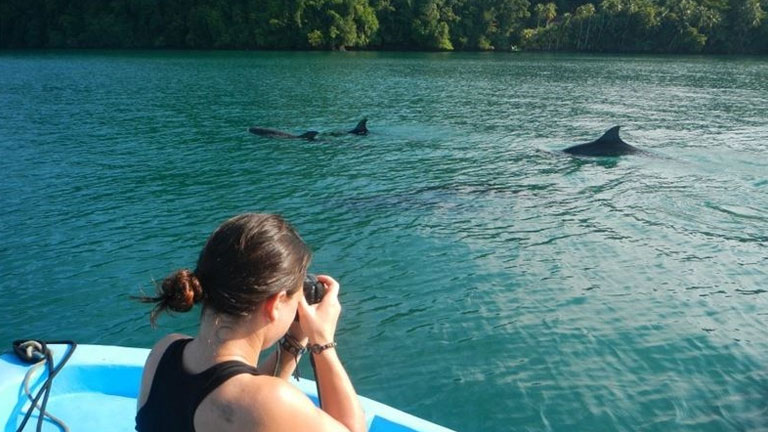
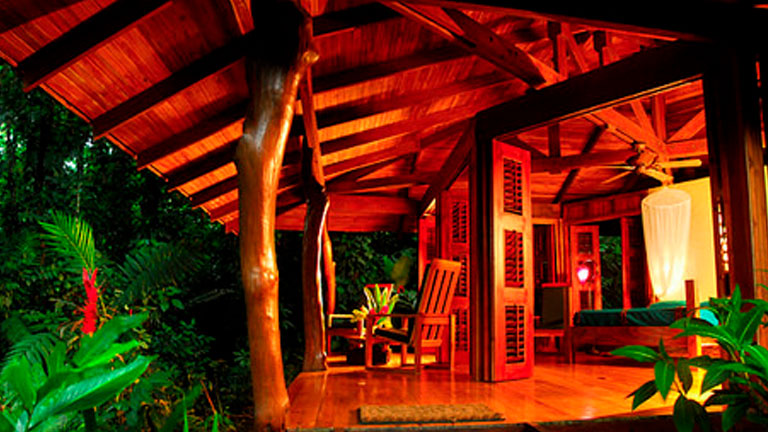
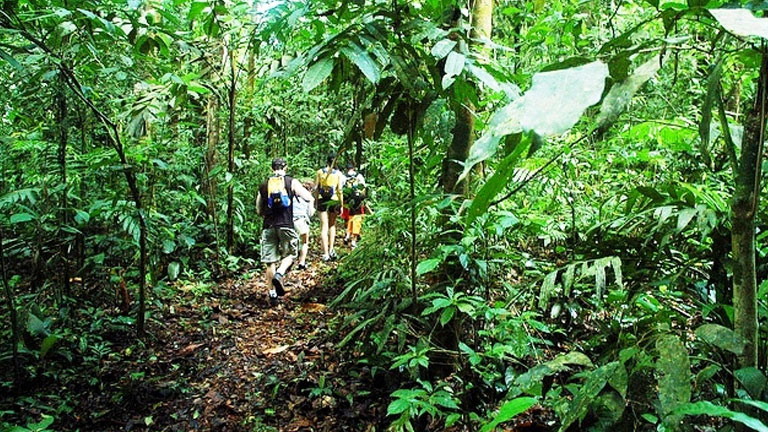
- Be aware of where you are and what's around you. Listen and look.
- Get up early.
- Be quiet.
- Blend into your surroundings.
- Know what you are looking for.
- Have patience to wait for wildlife.
- Invest in a good pair of binoculars.
- Respect wildlife and their environment.
Digital Presence Powered by Milestone Inc.
GET IMMERSED IN NATURE!Valid on Bookings to Visit until December 15th, 2023
TripAdvisor Travelers' Choice Award 2015 - 2023
